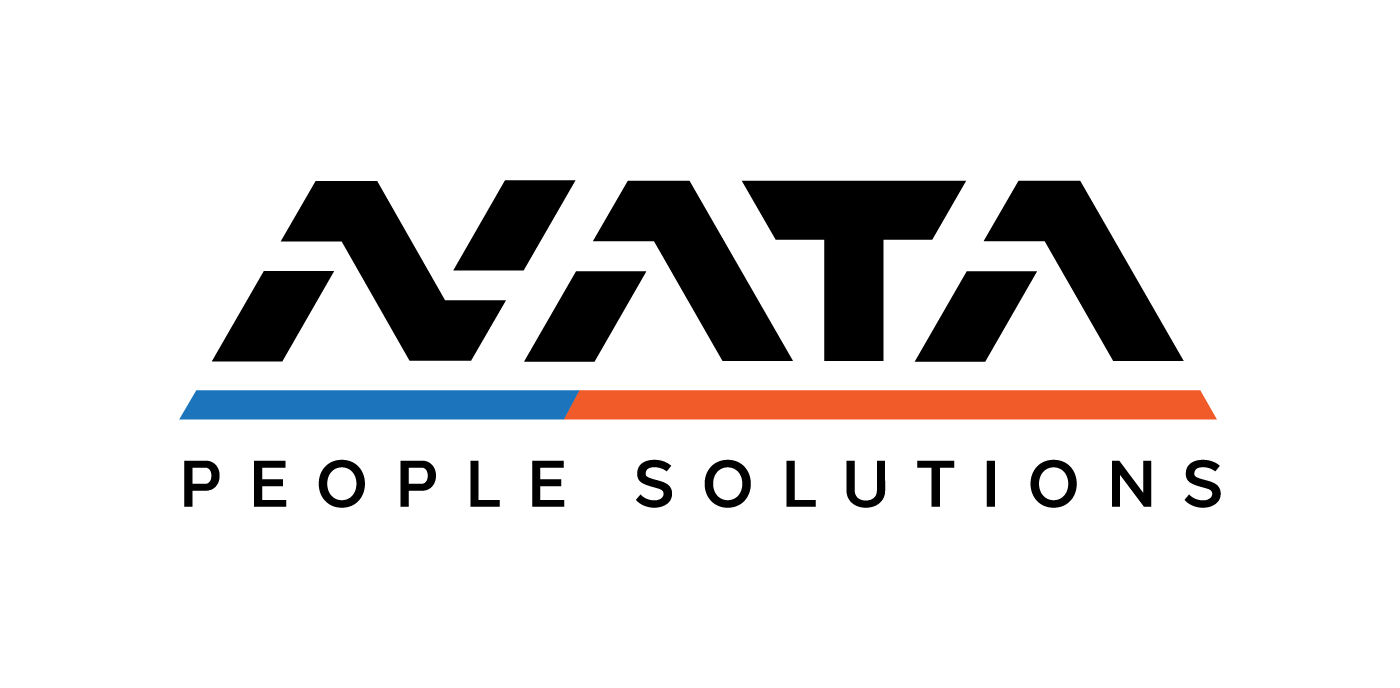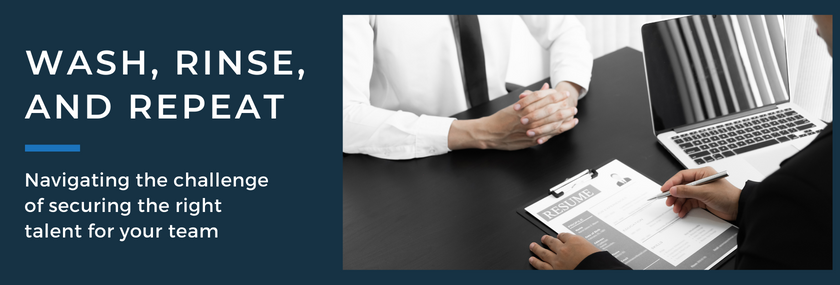Wash, Rinse, and Repeat: Navigating the challenge of securing the right talent for your team
Are you a leader facing the challenge of securing the right talent for your team? If you answered yes, this article is for you.
Choosing talent that will represent your business brand, objectives and mission can be a bit of trial-and error. While it is true that people within our organizations are our greatest assets, they don’t always stay for the long haul. In fact, just last year between April and July, a daunting 4 million people resigned from their jobs. The Great Resignation left a gaping hole in the staffing pipeline, one that appeared impossible to mend when the need was immediate.
Losing skilled workers during the busiest season where the company thrives and generates the bulk of their revenue is disheartening. According to Employee Benefit News, employers spend an average of 33 percent of a worker’s annual salary to replace just one employee. Quarterly training initiatives per employee can average anywhere from $1,200 to $1,700. While it is expensive to replace an employee, the long-term effects of working below 60 percent of your team can cause a greater issue in the future. In the meanwhile, leaders are temporarily using an all-hands-on-deck” ideology to cross-train other employees to fill the gap until another dedicated team member claims the role and responsibility of an empty seat on the roster.
The good news is that employers are no longer hiring talent out of desperation. These days, employers are refining how to retain their incumbent workforce while preparing for incoming talent to build and complete their teams. The phrase “wash, rinse and repeat” is no stranger to business leaders; it is a mindset and process that simply identifies a different system or specific steps that will create expected and sustainable results. Hitting the wash, rinse and repeat button helps to evaluate outdated leadership efforts—what’s working, what’s not—
and invites a fresh methodology or organizational system on how to rebuild teams and reinforce the organizational mission. But this can’t be accomplished without people.
Every business will go through a cycle of business challenges but can survive with a strategic approach in remaining agile and creative. Some businesses are fortunate to have teams that are durable and resilient where others may have to continue to wash, rinse and repeat until they discover the right combination of passion and ambition to persevere. The question is: As leaders, what do we do?
We wash, rinse and repeat.
The Wash
This part of the process can be difficult because as leaders, it is easy to prolong the use of new ideas in exchange of proven systems that no longer work for the rebuilding of your team. Ideally, during this process, leaders will reevaluate their organizational strategy and implement a renewed perspective of how to bring the best out of their employee, cut someone from the team or accept a resignation. For example, a leader may have to replace a team member who has resigned. During that transition, the leader will need to determine what could have been done differently to secure that talent or what behavior is unacceptable to the business culture.
The Rinse
Rinse cycle is better known as the trial period: It’s lengthier and requires more attention to detail. Leaders should gain insight on how to best build or restructure a more collaborative and higher performing team in this cycle. There will be a rinse of behaviors, ideas, positions and/or leadership and learning how to combine it all to align with business objectives. Be aware that the rinse cycle also spins out toxic waste, which could translate to behaviors that disrupt the team or force out people that weren’t willing to be committed to the work (or that weren’t accountable for their actions).
Repeat
If you made it to this stage, you found a customized process or strategy that is sustainable for your workforce. This is the stage where you can celebrate because it is a new proven method that not only improves your workforce, but saves your business. Remember, at some point, you will need to revise or replace parts of this process so you will continue to grow.
Article first appeared in Issue 4, 2022 of The Lens magazine.

